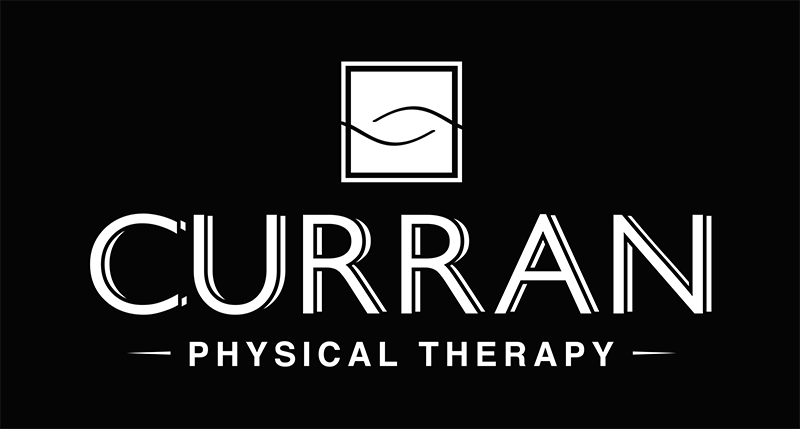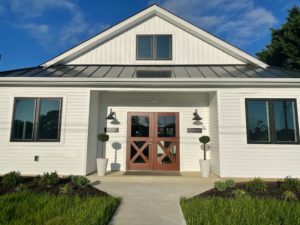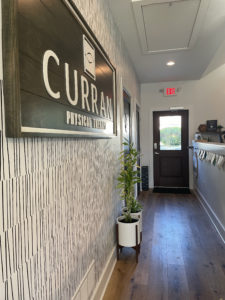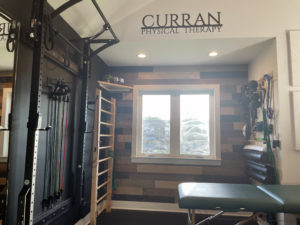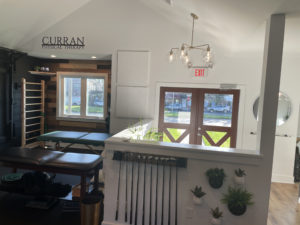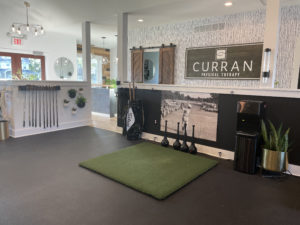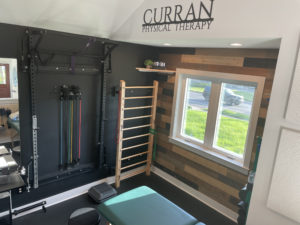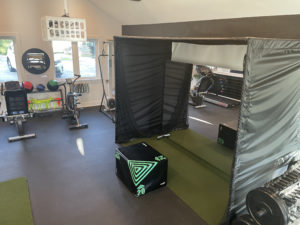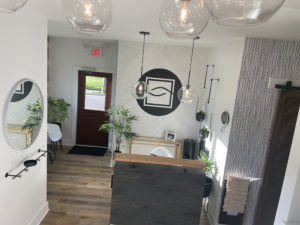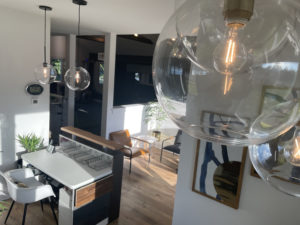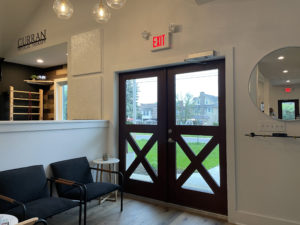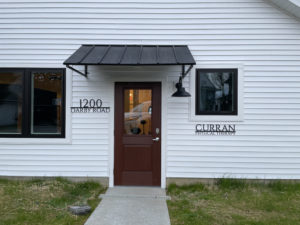Sciatica is a term used to describe nerve pain in the leg that is caused by irritation and/or compression of the sciatic nerve. Sciatica originates in the lower back, radiates deep into the buttock, and travels down the leg.
What Does Sciatica Feel Like?
Sciatic nerve pain is commonly felt along the path of the nerve as it travels out of the lumbar spine and down the back of the leg. Sciatica is often characterized by one or more of the following features:
- Pain. Sciatica pain is typically felt like a constant burning sensation or a shooting pain starting in the lower back or buttock and radiating down the front or back of the thigh and leg and/or feet.
- Numbness. Sciatica pain may be accompanied by numbness in the back of the leg. Sometimes, tingling and/or weakness may also be present.
- One-sided symptoms. Sciatica typically affects one leg. The condition often results in a feeling of heaviness in the affected leg.1 Rarely, both legs may be affected together.
- Posture induced symptoms. Sciatica symptoms may feel worse while sitting, trying to stand up, bending the spine forward, twisting the spine, lying down, and/or while coughing. The symptoms may be relieved by walking or applying a heat pack over the rear pelvic region.
Common issues that may cause sciatica include:
- A herniated lumbar disc
- Lumbar spinal stenosis
- Lumbar degenerative disc disease
- Spondylolisthesis
- Muscle spasm
- Sacroilliac dysfunction
Physical Therapy for Sciatica
Physical therapy incorporates a combination of strengthening, stretching, and aerobic conditioning and is a central component of almost any sciatica treatment plan. Therapeutic exercises may also be added to a physical therapy program.
The goals of physical therapy and exercises for sciatica include:
- Strengthen the spine and muscles of the lower back, abdomen, buttocks, and hip.
- Increase core strength
- Stretch tight and inflexible muscles, such as hamstrings
- Encourage the exchange of fluids and nutrients in the body by light aerobic exercises such as walking, swimming, or pool therapy
